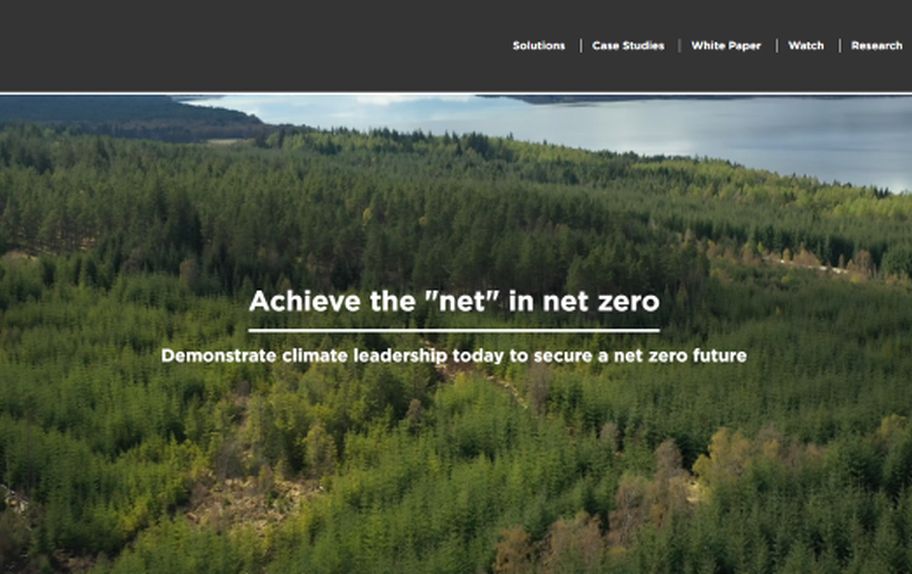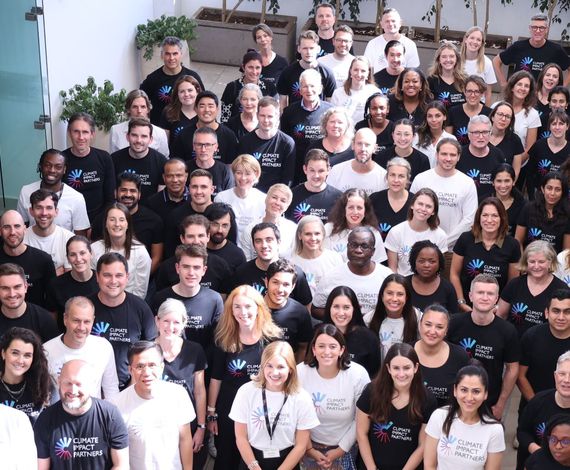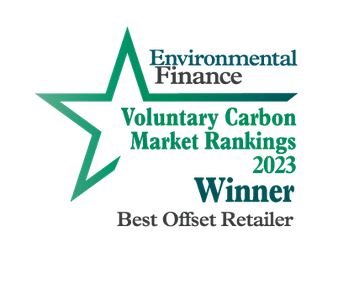“The ‘net’ in net zero”. We distil what net zero means for business, the benefits of achieving it, and how corporations can go about delivering the ‘net’.
Net zero has become a major pillar of corporate climate action. As companies increasingly set net zero targets, the conversation has shifted from ‘should I?’ to ‘how do I get there?’ We work with companies including Microsoft, Aviva, Co-op, Sky, and BCG as they journey towards net zero, delivering offsetting programs to reduce and remove emissions now, alongside programs to remove emissions in the future.
What is net zero?
Net zero refers to state where the carbon emitted into the atmosphere with the carbon removed from the atmosphere is balanced. It is a state to which businesses and organizations are committing, in order to achieve a thriving future for our planet.
How can net zero be achieved?
The transition to net zero will involve a major transformation of all the interdependent energy and land-use systems (industry, power generation, mobility, building infrastructure, agriculture, forestry, and waste management), but businesses can set their own targets and become part of that transition.
What's the role of business?
Net zero targets are being set by businesses to ensure they have clear and ambitious medium- and long-term targets for the transformation of their organization. The Paris Agreement has set the target for Net Zero for 2050. Net zero requires companies to reduce emissions in line with 1.5 °C scenario – science based, and in line with those targets.
Building a business strategy for net zero
Carbon removals will be required to offset residual emissions from the point at which an organization reaches net zero and onwards. This could be through nature-based solutions, such as restoring forests to store carbon. Leading companies are putting strategies in place today, to build for their future removals requirements and meet their commitments.
During the transition to net zero
We need to use every solution available to reach global net zero goals and the 45% reduction of emissions required by 2030. Many companies are compensating for the emissions they cannot yet reduce through projects that immediately reduce, avoid, or remove emissions, often achieving carbon neutrality on the route to becoming a net zero business.
Removing carbon through afforestation and reforestation
Our partnership approach ensures that we only work with the highest quality projects: selecting appropriate tree species for local conditions, collaborating with communities to design programs which meet local interests and requirements, and ensuring projects thrive in the long term. Find out more about our nature-based solutions.
Demonstrate climate leadership today to secure a net zero future
You can complement your science-informed emission reductions with a bespoke long-term program that takes your business to net zero and beyond, as well as carbon neutral on the way.
Our unrivalled network of high-quality climate solutions across the globe can give you a blended portfolio of carbon credits, forward contracts, and new project development.
The operational emissions of the Fortune Global 500 companies with a 2030 or sooner target reduced by 7% over the last reporting year, compared to a 3% increase among companies without a 2030 target.
How to implement net zero?
Whether your company is at the start of its net zero journey, or making the investments to secure a 2030, 2040, or 2050 net zero achievement, our team of experts can help you.
Learn more about how to implement net zero and read our net zero white paper, The 'net' in net zero.
Our net zero white paper

How we’re working with businesses to help deliver Net Zero
A company can get involved in project finance at various stages within a carbon credit’s lifecycle, with different rewards accordingly. In our white paper, we outline three different funding structures that can be blended based on risk and reward potential and that can be implemented alongside a direct reduction strategy to achieve net zero.
Removals projects are required to achieve net zero. We have worked with Microsoft as it extended its focus into removals, supplying projects to meet their ambitious goals. Read more about how we’re working with them on removals projects in Kenya and Nicaragua.
We value our long-term relationship with Climate Impact Partners and in particular the collaborative way they work with project implementation partners. Their due diligence process coupled with on the ground project expertise built over many years helps us select and support the highest quality carbon removal projects.
How does net zero generate value for your company?
Net zero provides a clear, credible statement of climate leadership to stakeholders, that your company is committed to achieving 1.5o based on science. To reach net zero, businesses will channel finance to removals projects, many of which deliver sustainable development beyond carbon storage. Nature-based removal projects in tropical regions are especially impactful as tropical countries are home to the majority of our earth’s remaining biodiversity and nearly every country in the topical regions is classified as a developing or least-developed country.
Responsible businesses are demonstrating their leadership by setting their net zero targets at or before 2050 in line with (or ahead of) the Paris Agreement Net Zero target. Some companies are going beyond the “fair share” model and raising ambition to reach net zero well ahead of when that is expected by the Paris Agreement. These include Accenture (2025 target), Microsoft (2030), Sky (2030), VMware (2030), Co-op Group (2040), Aviva (2040).
38% of Fortune Global 500 companies have set net zero targets
Now is the time to finance the highest quality solutions to differentiate yourself from the growing net zero crowd.












